Which of the following curves represents a very rare standard reaction at equilibrium?

Video Solution
Text Solution
The correct Answer is:B
|
Answer
Step by step video, text & image solution for Which of the following curves represents a very rare standard reaction at equilibrium? by Chemistry experts to help you in doubts & scoring excellent marks in Class 12 exams.
Updated on:21/07/2023Topper's Solved these Questions
Similar Questions
Knowledge Check
Which of the following curves represent the Henry's law
A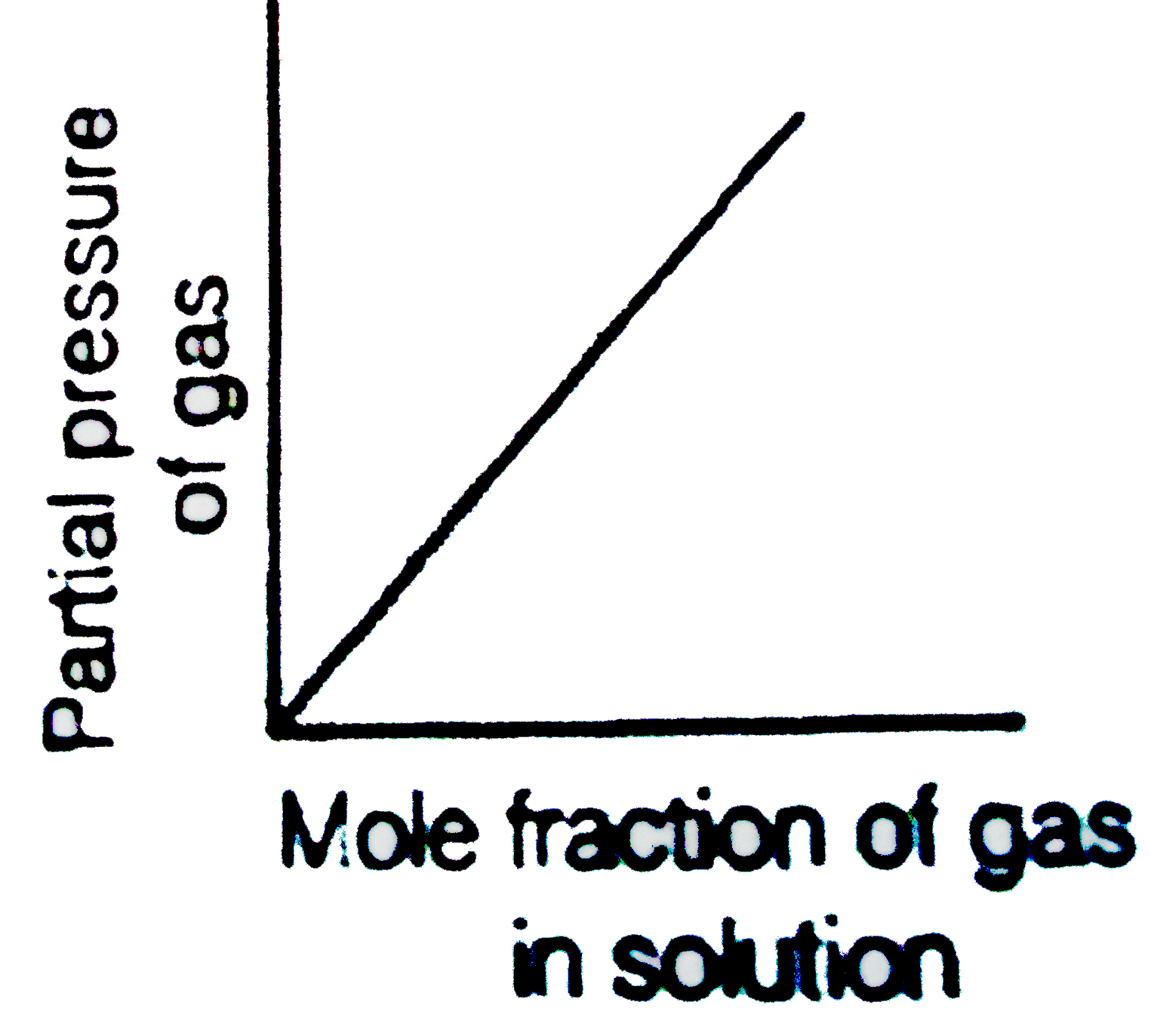 B
B C
C D
D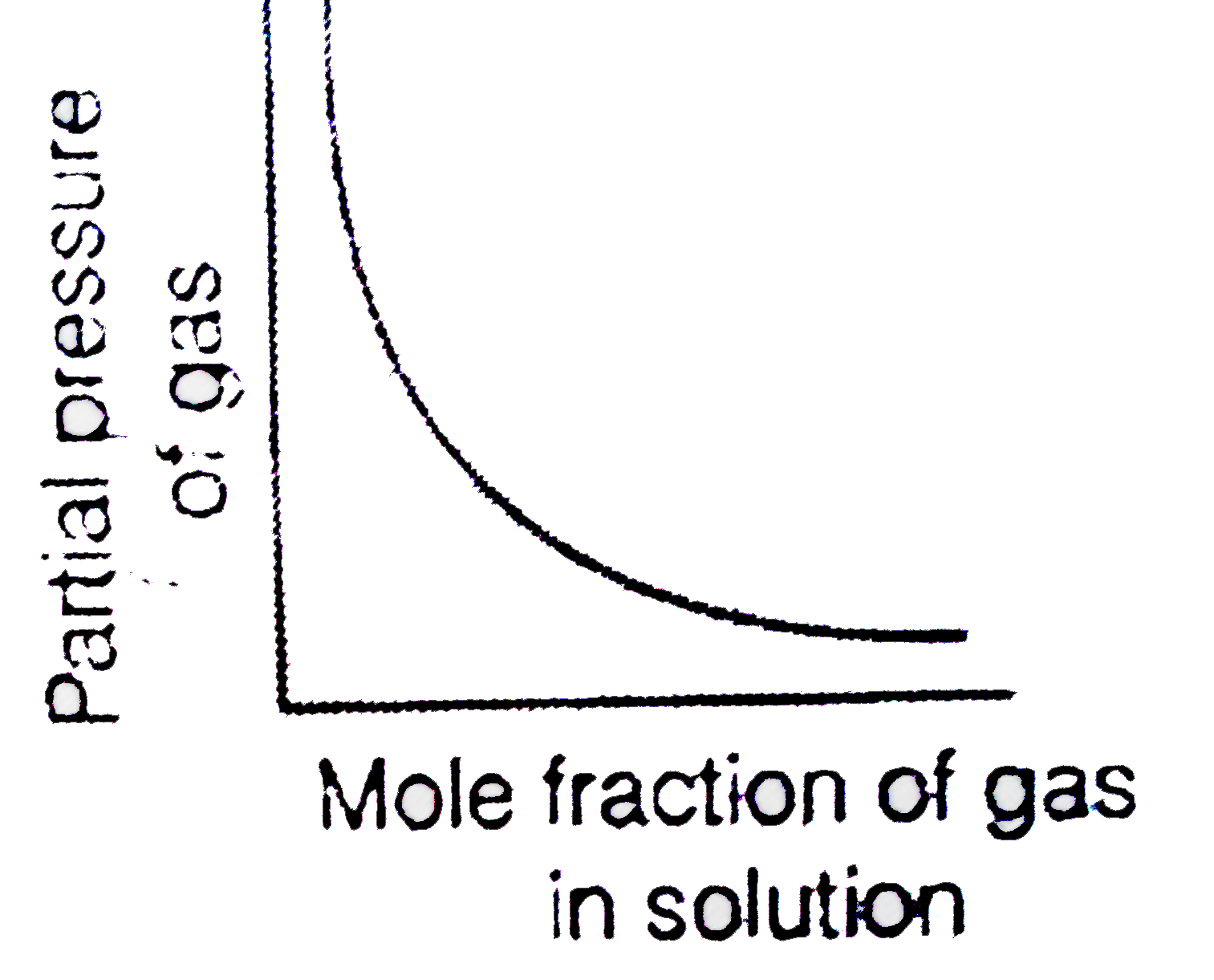
Which of the following curves represents the Henry's law ?
A B
B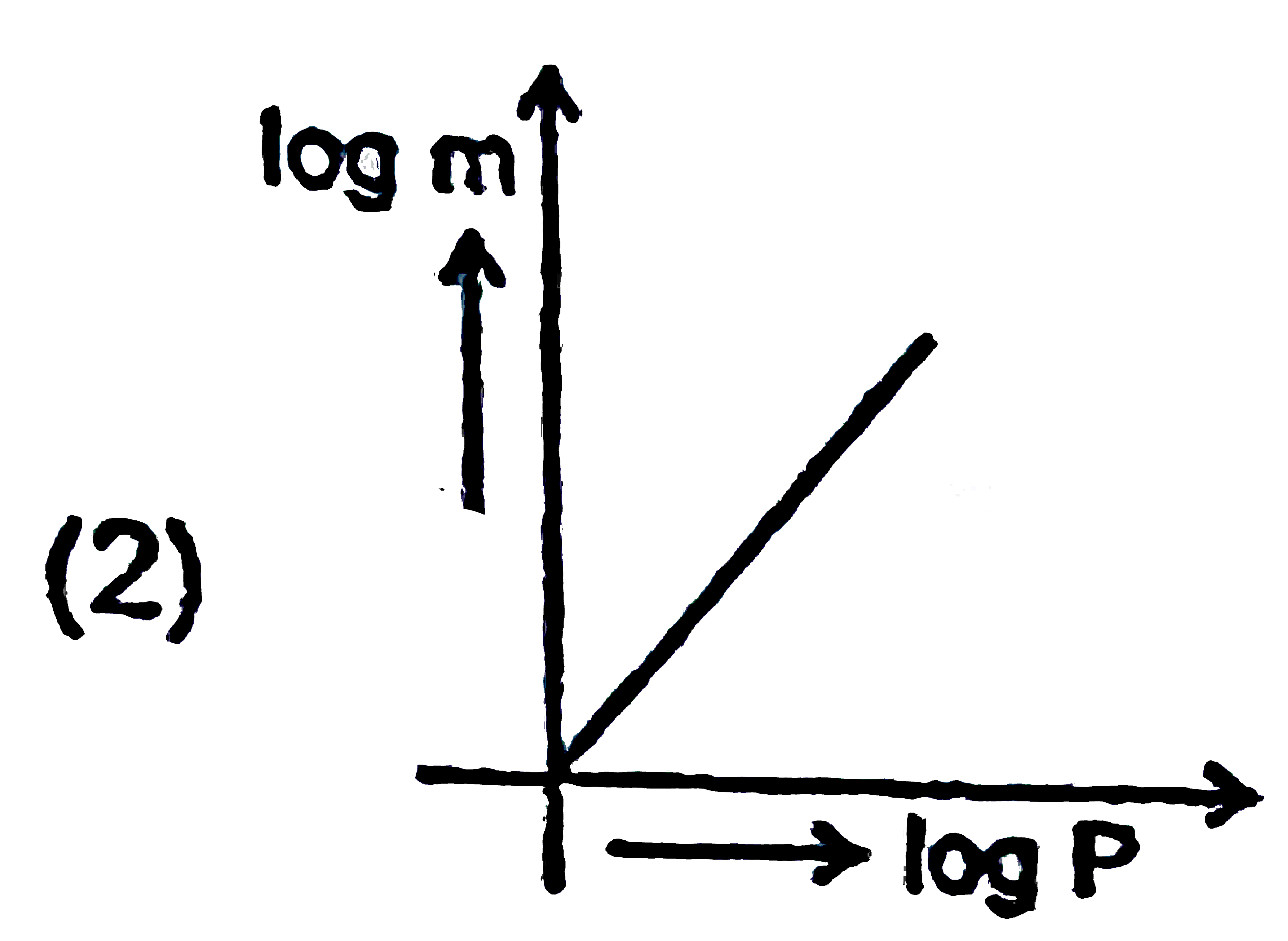 C
C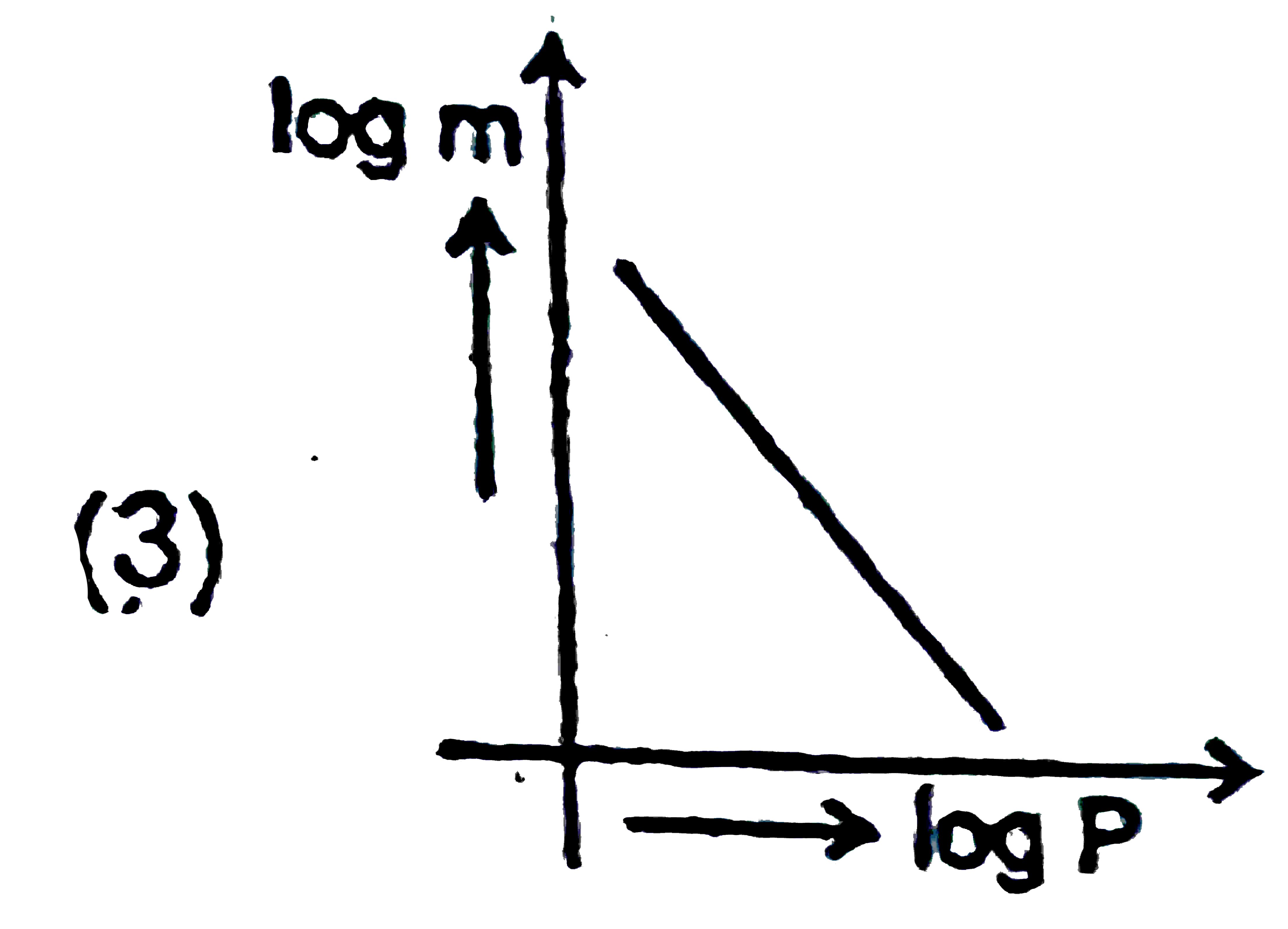 D
D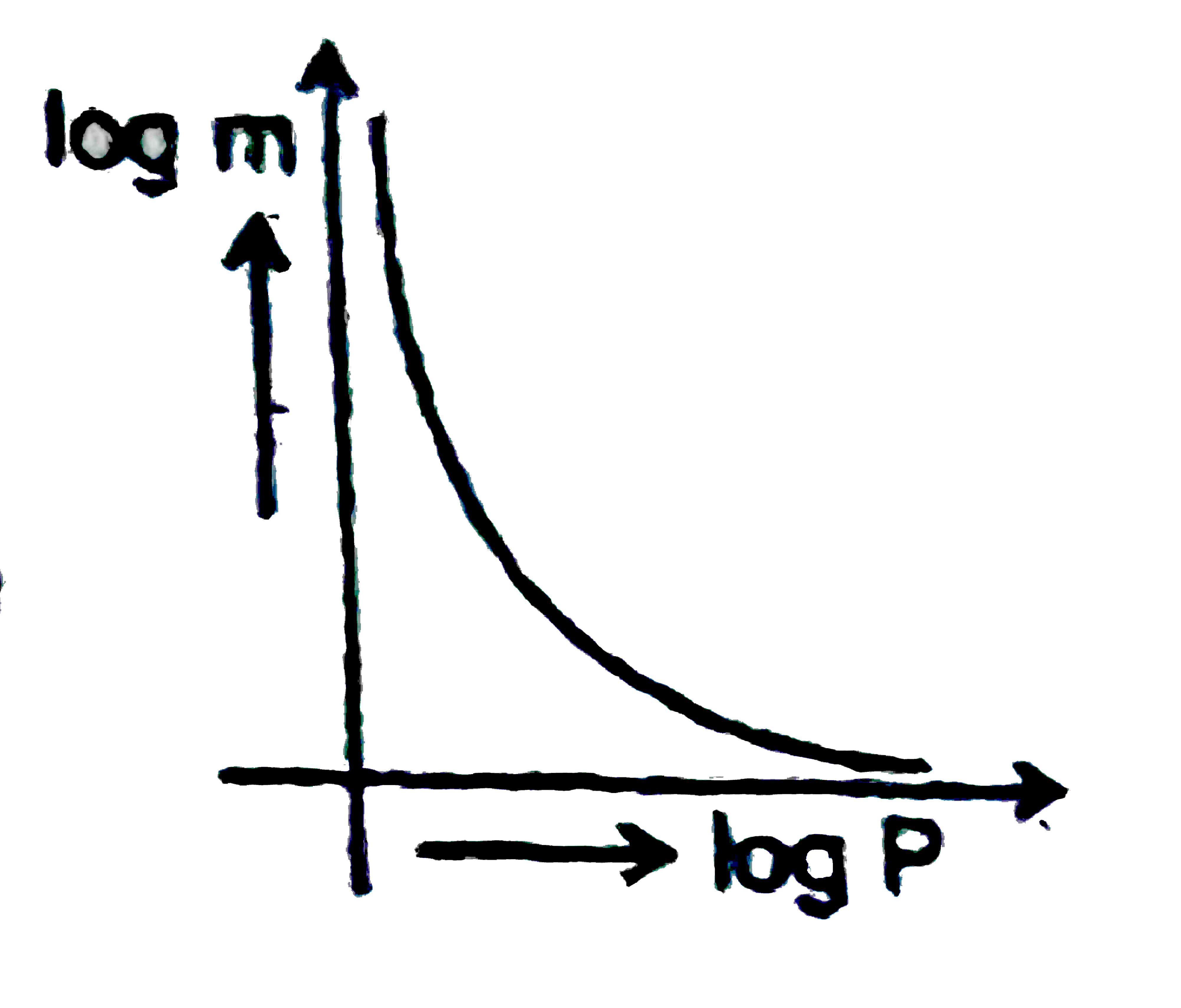
Which of the following curves represents the Henry's law ?
A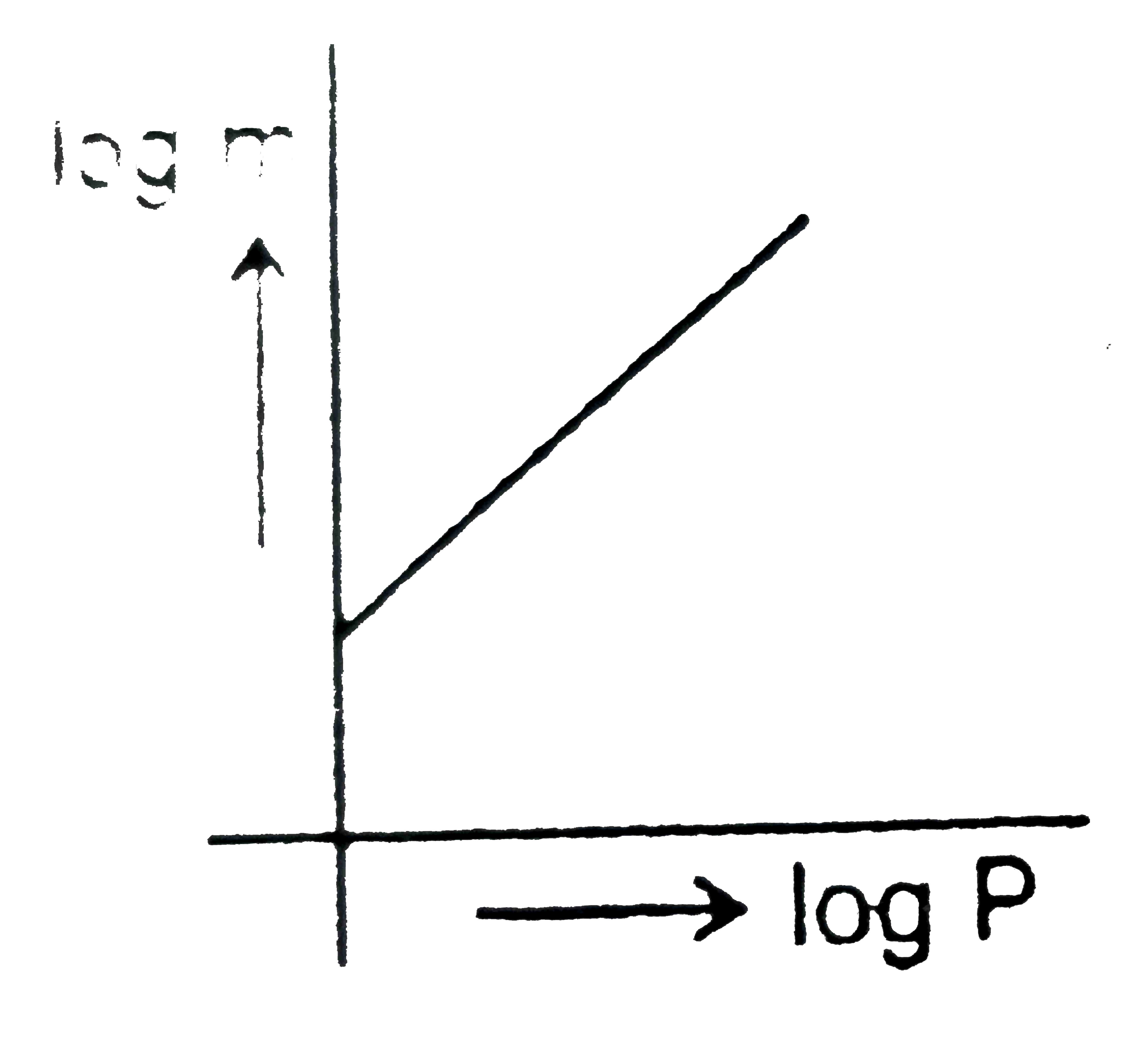 B
B C
C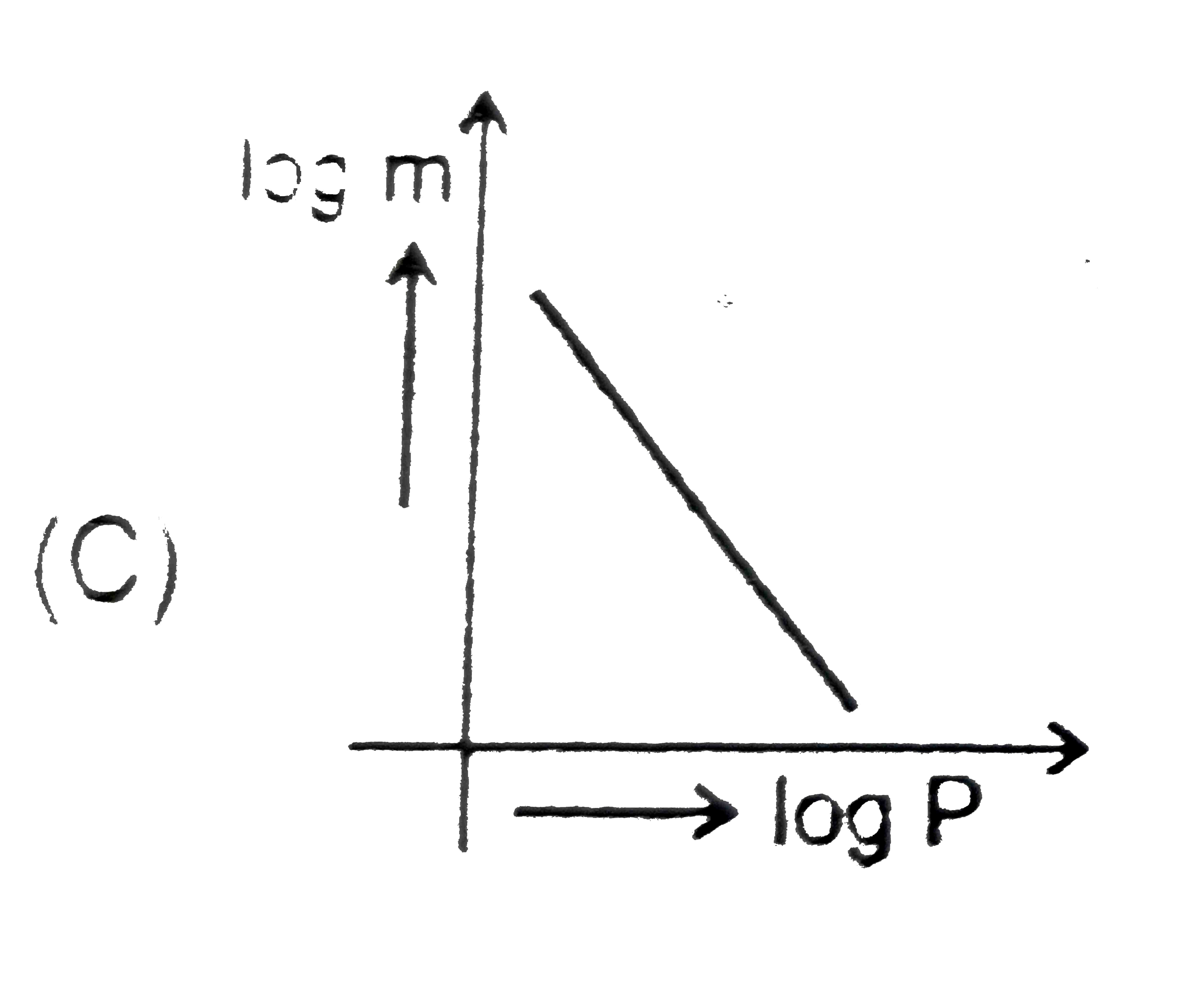 D
D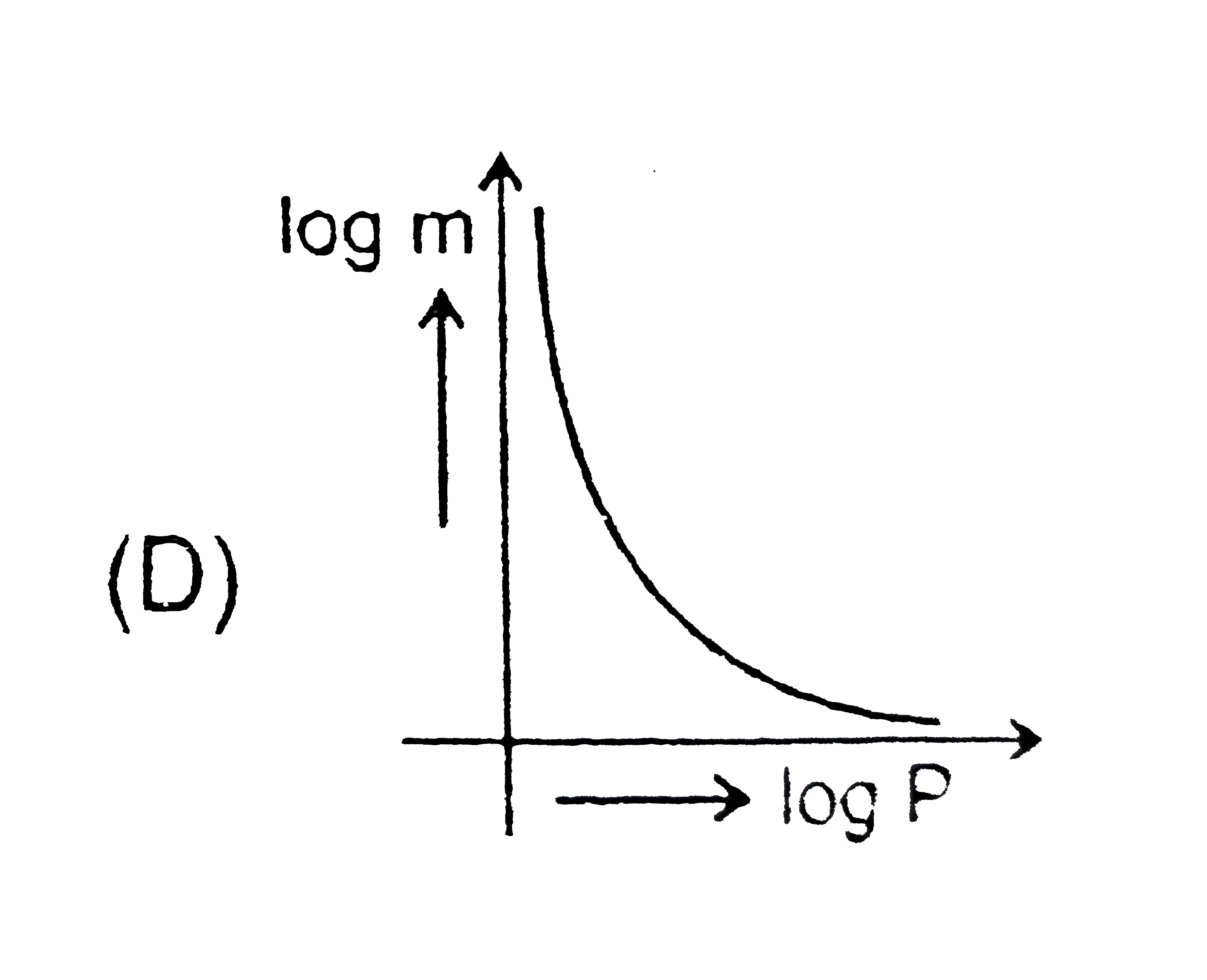
Which of the following curves represents a third order reaction ?
View SolutionWhich of the following curves represent(s) a zero-order reaction?
View SolutionWhich of the following curves represent(s) Boyle's law?
View SolutionWhich of the following represents redox reaction ?
View SolutionWhich of the following curve represent zero order reaction of A→ products ?
View Solution